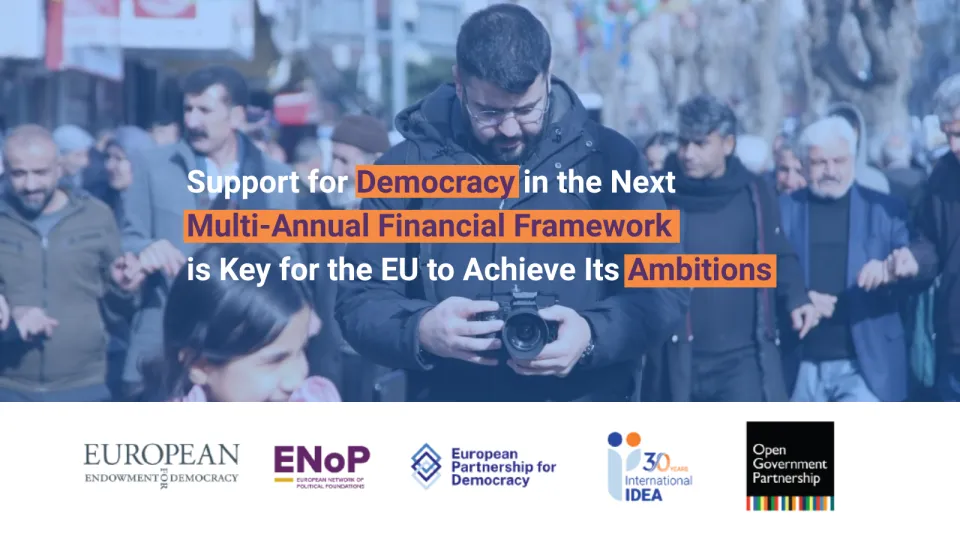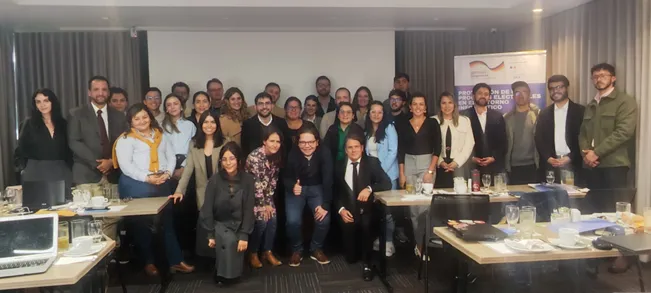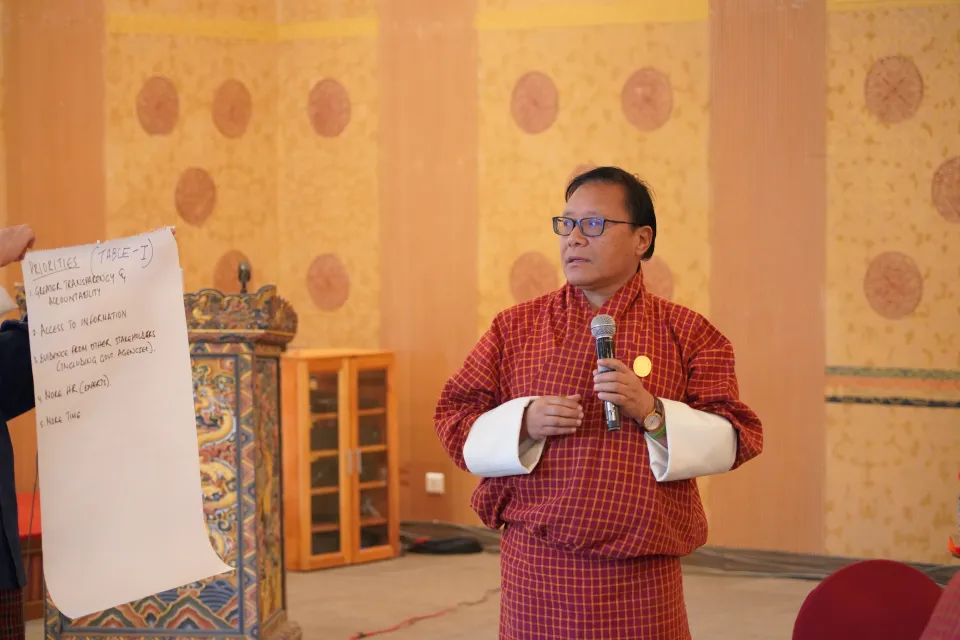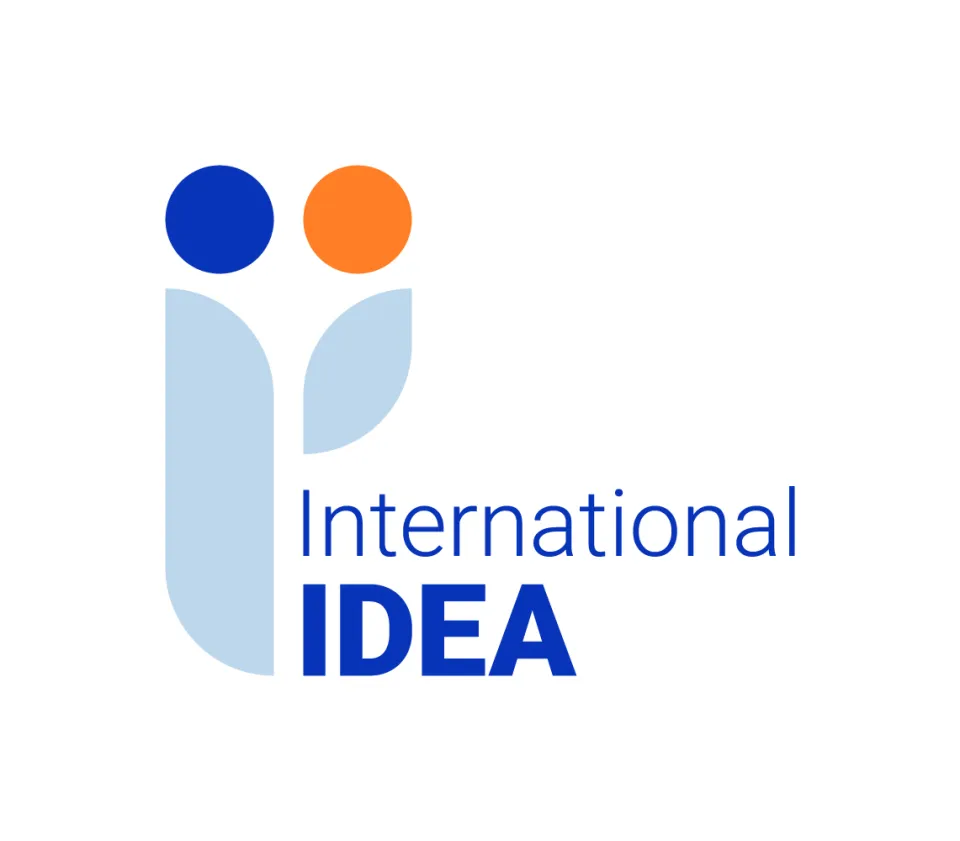

These trends are an encouraging sign that efforts to address gender equality do translate to impact.
The recognition of women’s movements as crucial actors in democratization efforts, are another key achievement. Women’s movements often work across lines of conflict, historical divisions and ethnic divides. As such, women’s civil society movements have been key actors fighting democratic backsliding, such as the recent Women’s Marches in 2016 and 2017, anti-abortion legislation protests in Poland or the Women of Zimbabwe Arise (WOZA) movement during the drafting of the new Zimbabwean constitution.
There is more widespread involvement of women in many post-conflict countries, such as Nepal, Rwanda and South Africa, than in countries with similar levels of development that have not experienced conflict. In this line, the UN Security Council Resolution 1325 reaffirms the important role of women in the prevention and resolution of conflicts, peace negotiations, peacebuilding, peacekeeping, humanitarian response and in post-conflict reconstruction. It emphasizes women’s ability to affect change and stresses the importance of their equal participation and full involvement in all efforts to maintain and promote peace and security.
While celebrating these steps towards gender equality and women’s empowerment, obstacles remain. SDG Target 5.5 calls for women’s full and effective participation and equal opportunities for leadership at all levels of decision-making in political, economic, and public life. A healthy democracy is based on inclusiveness. Many parties are finding it harder to sustain this however, and evidence shows women’s exclusion from representative institutions. The percentage of women in parliament has increased from 11 per cent in 1995 to 23 per cent in 2017 worldwide, but at this rate it will take another 40 years to achieve true gender equality in legislatures. To address this, parties should have women’s chapters and caucuses, improve gender balance in party leadership and use all-women shortlists. Representative institutions should reflect the demographics of society by mentoring and recruiting more women into roles that lead to leadership positions.

Another challenge to women’s representation and political influence is access to political finance funding. Cultural perceptions and expectations of women’s roles can work to limit women politicians’ networking and political finance potential. Formal structures to address this imbalance are often lacking: only 13.3 per cent of countries provide direct public funding to political parties that is contingent on gender equality among candidates, and 86.5 per cent of countries have no legislation offering financial advantages to encourage gender equality within parties. Regulations linking provisions for public funding and other financial advantages should be promoted and enhanced, to level the playing field between men and women.
Both men and women should take International Women’s Day as a moment to reflect on the global state of gender, the gains that have been made, and the challenges that remain. However, honouring the achievements gives hope to those advocating for change, showing the strengths of past women’s movements and battles.





